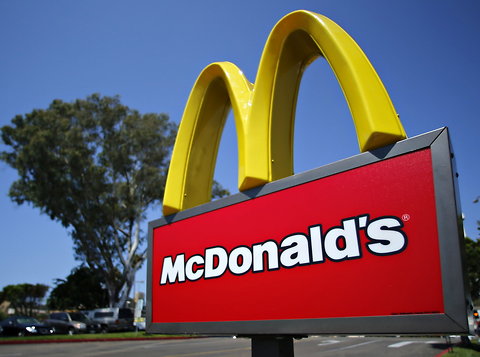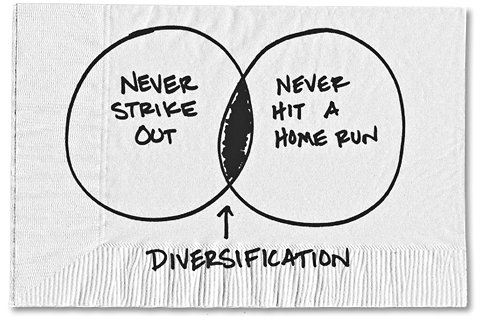A year ago, some thought 2012 was destined to be the year that the euro zone — and maybe even the entire European Union — broke up. The banks that supported their governments, and that in turn depended on those same governments for bailouts if they went broke, were deemed to be particularly vulnerable to disaster.
It did not happen, and while the euro zone countries hardly solved their economic problems, the Continent’s stock markets turned out to be good investments in 2012, with bank shares among the best performers. The same could be said about the United States, where the broad stock market posted double-digit gains and Bank of America shares doubled in 2012, albeit from a very depressed level.
Over all, the Standard Poor’s Euro 350-stock index was up 13 percent for the year, measured in euros, and more than 15 percent measured in dollars. The S. P. 500 wound up the year with a gain of 13 percent.
It may have been typical of 2012 that it was politicians and central bankers — not economic news or corporate developments — that dominated investor attention. As the year ended, the difference was that it was Washington, not Europe, where the squabbles were taking place.
For much of the year, it appeared that the European squabbles were leading nowhere, and by midsummer, markets were pessimistic about the outcome. Finally, Mario Draghi, the president of the European Central Bank, took decisive action to assure that the banks — and the governments that depended on them — would have access to funds. That did not turn around recessionary conditions in much of the euro zone, but it was enough to turn around financial markets. Prices of government bonds in many of the most troubled countries began to rise. Those who bet that Europe would solve its problems did well in the financial markets.
The accompanying charts show the performance of stocks in 10 economic sectors in both Europe and the United States, both in 2012 and since Oct. 9, 2007, the day that world stock markets peaked before what would turn out to be a world recession and credit crisis.
What stands out is how well financial stocks and consumer discretionary stocks did during 2012. The latter stocks are things purchased by consumers that are likely to do better when the economy is improving. In the United States, the two best such stocks in the S. P. 500 were PulteGroup, a homebuilder, and Whirlpool, an appliance maker.
But while Europe did better in 2012, it remains much farther from recovering all of the losses experienced since the 2007 peak. The American index is just 9 percent lower than that, while the European index is about a third below where it was then. The only sectors that have completely made up their losses on both sides of the Atlantic are health care and consumer staples. In the United States, the consumer discretionary and information technology sectors have also done so, although the latter sector’s performance is largely because of Apple, whose shares are more than three times as high as they were in 2007.
Article source: http://www.nytimes.com/2013/01/01/business/a-year-of-market-gains-despite-political-turmoil.html?partner=rss&emc=rss

